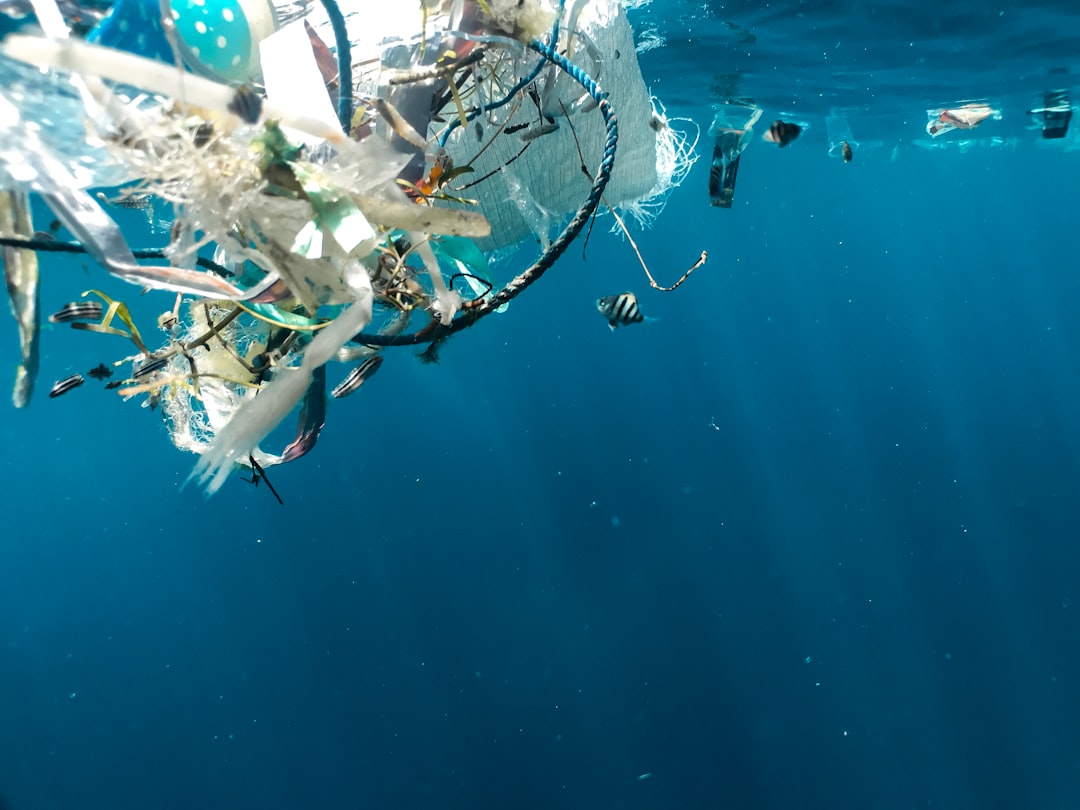What is it about?
Among royal jelly’s (RJ) various biological activities, its possible antitumour activity deserves particular attention. The purpose of this study was to investigate the influence of RJ, its bioactive component 10-hydroxy-2-decanoic acid (10- HDA), and human interferon-alpha (HuIFN-αN3) on the proliferation of human colorectal adenocarcinoma cells (CaCo- 2), and ascertain their effect on intracellular glutathione (GSH) level and lipid peroxidation. We studied the antiproliferative (AP) activity of RJ [(0.1 g/10 mL phosphate buffer saline (PBS)], HuIFN-αN3 (1000 I.U. mL-1), 10-HDA at 100.0 μmol L-1, and their different combinations, in the ratio 1:1, 1:2, and 2:1 on CaCo-2 cells. The GSH level was measured by glutathione assay. The lipid peroxidation was measured by malondialdehyde (MDA) assay. Single RJ had a low AP activity: 2.0 (0.5 mg mL-1). HuIFN-αN3 had an AP activity of 2.5 (208.33 I.U. mL-1), while 10-HDA had an AP activity of 1.5 (37.5 μmol mL-1). The highest AP activity of 3.8 was obtained when RJ and HuIFN-αN3 were applied to the ratio 2:1. In that combination, the level of GSH was 24.9±2.4 nmol g-3 of proteins (vs. 70.2±3.2 nmol g-3 in the control) and the level of MDA was 72.3±3.1 nmol g-3 (vs. 23.6±9.1 nmol g-3 in the control). It is generally assumed that 10-HDA, an important constituent of RJ, together with HuIFN-αN3, is responsible for the inhibition of CaCo-2 cells proliferation in vitro. In our study, however, RJ and HuIFN-αN3 applied at 2:1 decreased the level of GSH the most and significantly increased lipid peroxidation via MDA in CaCo-2 cells. Future studies should show whether these GSH- and MDA-related activities of RJ, HuIFN-αN3, 10-HDA, and their combinations may decrease the tumorigenicity index and tumorigenic potential of various tumour cells in vitro.
Featured Image
Why is it important?
This work is important because it explains the possible mechanisms of antitumour action of the combination of Royal Jelly and HuIFN-AlfaN3
Perspectives
Writing this article was a great pleasure as it has co-authors with whom I have had long-standing collaborations. This article also lead to the possible way of treatment of relatively not so rare colorectal cancer with the combination of Royal Jelly and HuIFN-AlfaN3.
Dr. Bratko Filipič
Univerza v Ljubljani
Read the Original
This page is a summary of: The influence of royal jelly and human interferon-alpha (HuIFN-αN3) on proliferation, glutathione level and lipid peroxidation in human colorectal adenocarcinoma cells in vitro / Vpliv matičnega mlečka in humanega interferona-alfa (HuIFN-αN3) na prolif..., Archives of Industrial Hygiene and Toxicology, January 2015, De Gruyter,
DOI: 10.1515/aiht-2015-66-2632.
You can read the full text:
Contributors
The following have contributed to this page










